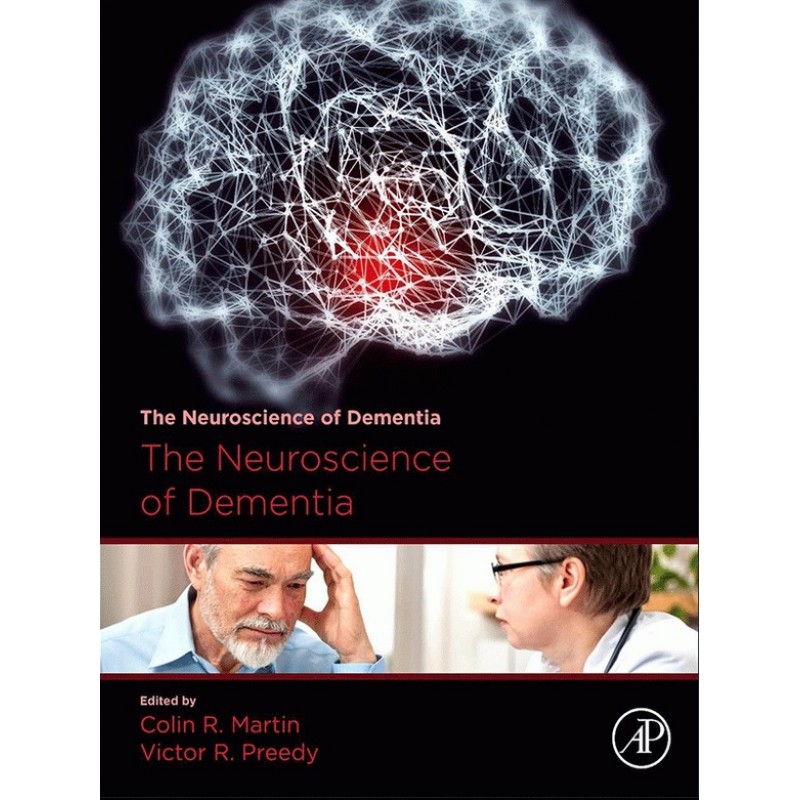The Neuroscience of Dementia (2-Volume Set)
- ISBN: 9780128160435
- Εκδότης: Elsevier
- Σελίδες: 1920
- Έτος Έκδοσης: 2020
292,00€
324,00€
Χωρίς ΦΠΑ: 275,47€



